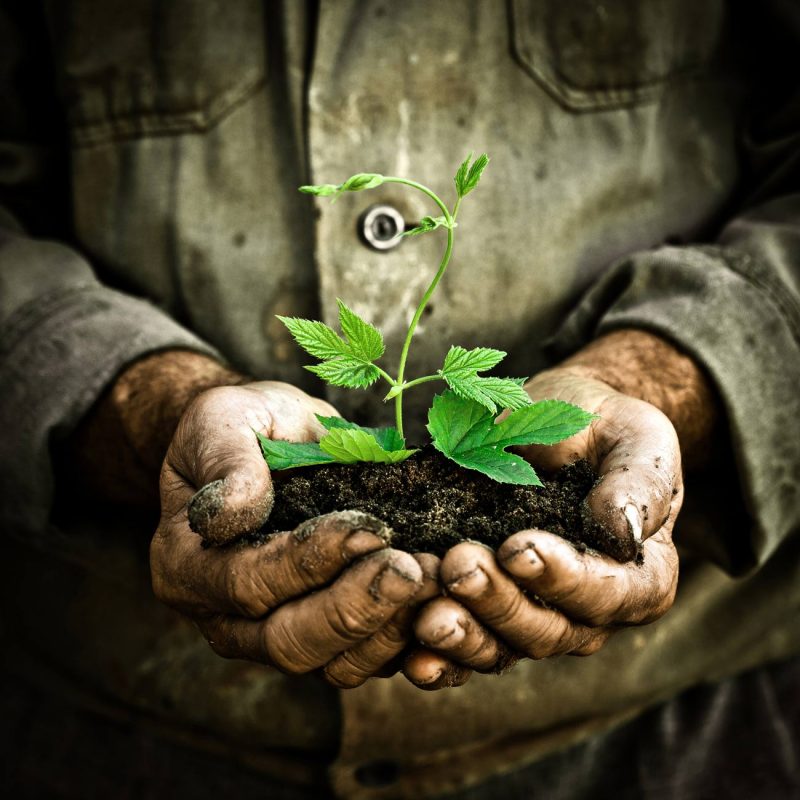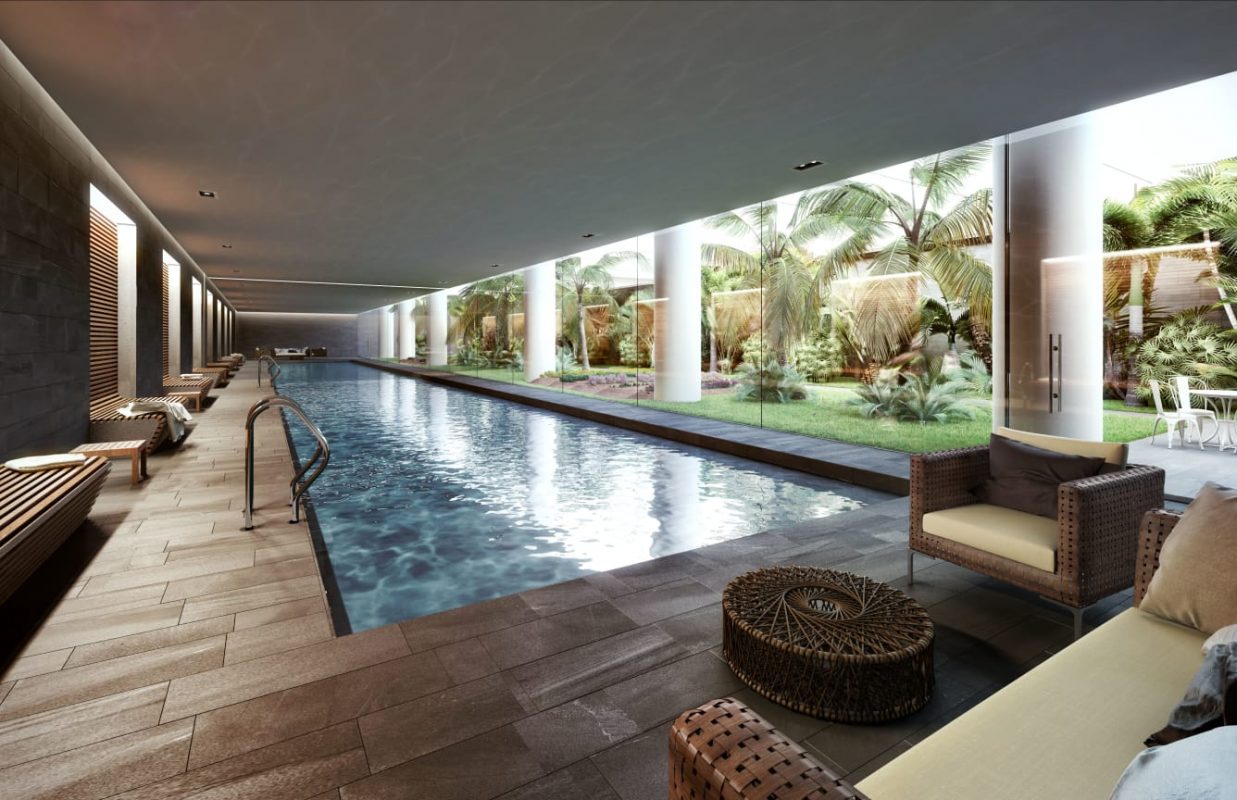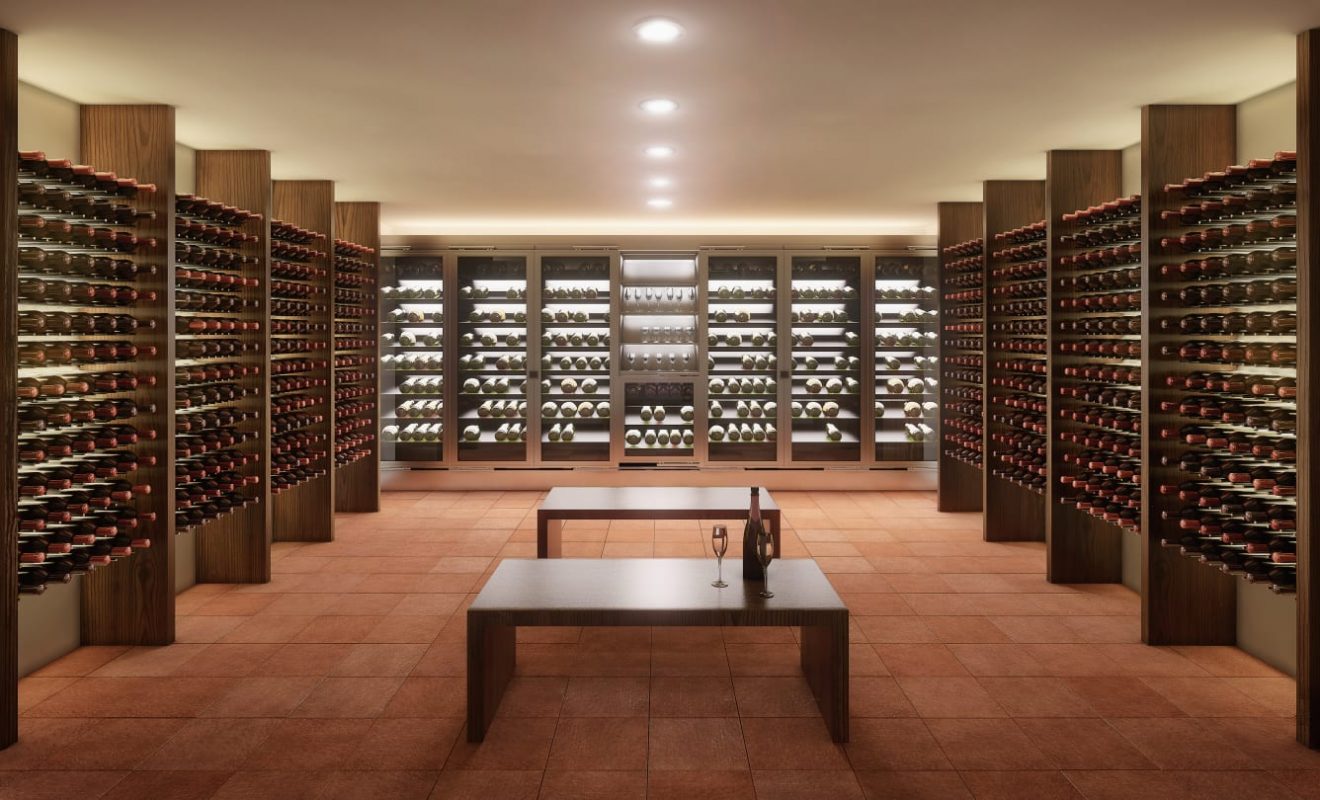Mandatory energy efficiency disclosure for buildings
During 2019, cities around the United States released regulations that require homeowners to disclose the energy rating of the home before they sell it. Other nations are already adopting similar legislation, ensuring homeowners must provide significantly more information about the energy efficiency of their house.
Water conservation
Many regions across the globe are facing a freshwater crisis and governments will be restricting water consumption in many areas. 2019 was the second hottest year on record and there are genuine concerns about the long-term viability of many sustainable water sources. Construction companies are now seeking ways to reduce water usage in the building process.
- Among the conservation strategies being employed are:
- Using stormwater management infrastructure
- Placing water-conservation fixtures
- Installing low-flow toilets
- Installing low-flow showerheads
- Using rainwater catchment for sustainable water
- Installing green roofs
What You Need to Know About Eco Construction
Construction companies are increasingly looking to embrace environmentally friendly practices into new home builds. For building companies, implementing eco construction techniques is more important than ever, but some organizations still don’t understand what eco friendly construction is. In this article, you can read about the basics of eco building and its various benefits.
What is Eco Construction?
Ecological construction is a building that incorporates elements that are conscious of the environment. This can be either parts of the structure that have environmental benefits or a complete construction that causes no harm to the environment (self-sustaining). The latter is an efficient building that uses renewable energy sources to both build it and then sustain it.
Eco construction was born from the clear fact construction of, and the lasting impact of buildings can be harmful to the environment. So-called green buildings will reduce the impact of moving materials, emissions caused in the construction process, and the management of energy once the building is complete.
Among the benefits of eco construction are:
- Low Maintenance and Operation Cost.
- Energy Efficiency.
- Enhances Indoor Environment Quality.
- Water Efficiency.
- Better Health.
- Material Efficiency.
- Better Environment.
- Reduces Strain on Local Resources.
Notable Features of an Eco Building
Green buildings are based on the concept of combining technology and materials to achieve an environmentally friendly building technique. In terms of materials, this means locally sourced sustainable products, such as pulped recycled paper for insulation. Similarly, timber comes from local harvests in sustainable forests. You may also find green buildings have some or all the following features:
- Non-toxic paints
- Solar panels or wind turbines for power
- Green water management, such as a biological waste treatment tank that lets you re-use water. Other green water features include rain catchments.
- Low energy fittings, such as light bulbs
- Sustainable heating through log burning
Getting the Building Know-How
Construction companies looking to move into eco construction can get a solid footing by doing some good research. Whether it is online or through contacts in the industry, learning as much as possible about eco construction techniques is important. For example, where to source materials, and how to build in an environmentally friendly way.
Local and federal governments often have details on green home standards that must be adhered to, so it is worth consulting with a government authority local to the building site.
Conclusion
As more homeowners seek to move into sustainability, eco construction is becoming an increasingly important skillset for builders. By embracing green building techniques, both construction companies and homeowners are preparing for a cleaner future.



